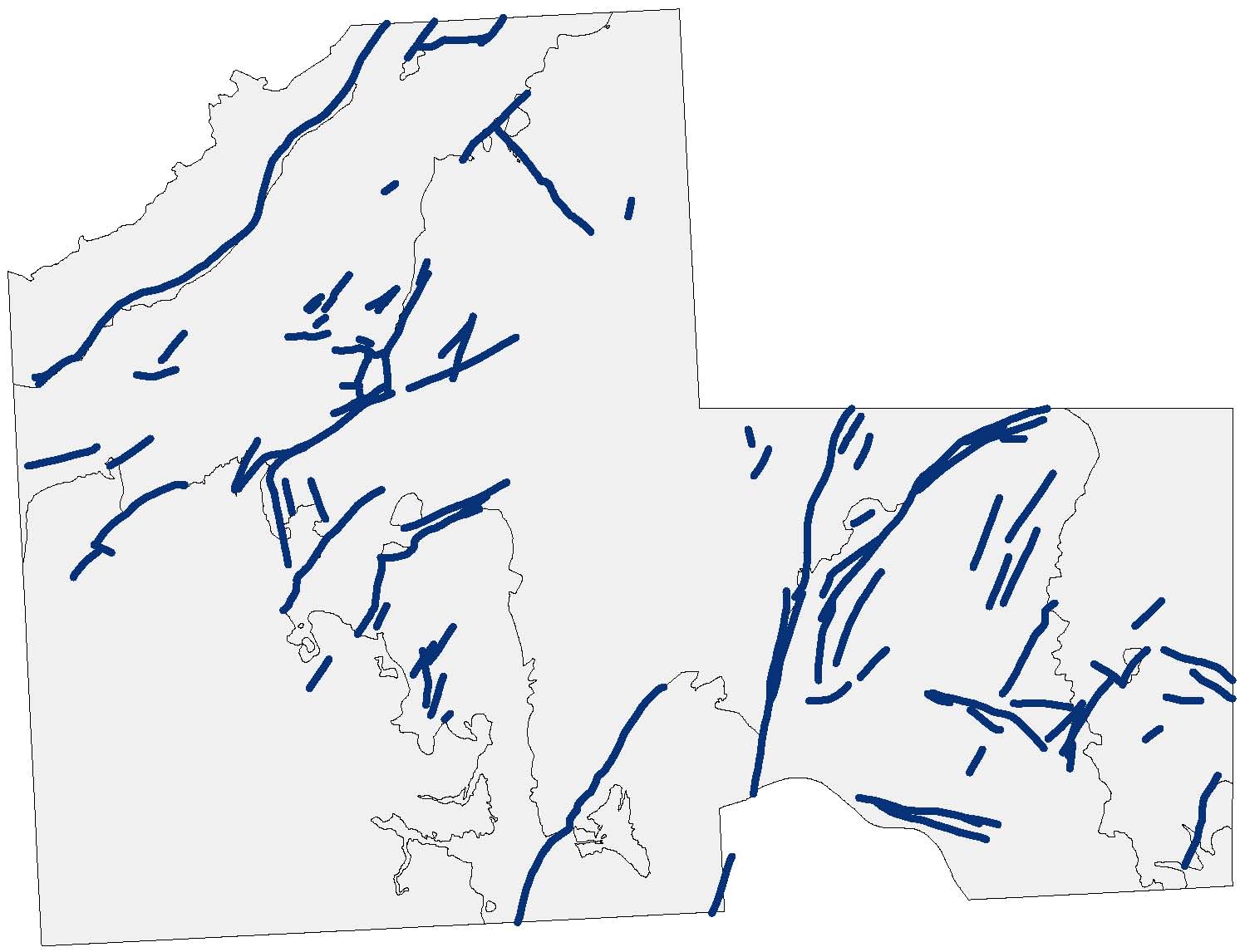1 - Spatial data modelling: geographic phenomena
Explain what geographic phenomena are, their spatial and temporal aspects and the relationship between the type of phenomena and their computer representation (level 1 and 2 according to Bloom’s taxonomy).
Concepts
-
Discrete Field
Discrete fields divide the study space in mutually exclusive, bounded parts, with all locations in one part having the same field value. Discrete fields are intermediate between continuous fields and geographic objects: discrete fields and objects both use “bounded” features.
-
Geographic Object
When a geographic phenomenon is not present everywhere in the study area, but somehow “sparsely” populates it, we look at it as a collection of geographic objects. Such objects are usually easily distinguished and named, and their position in space is determined by a combination of one or more of the following parameters:
- location (where is it?)
- shape (what form does it have?)
- size (how big is it?)
- orientation (in which direction is it facing?).

Figure 1: A number of geological faults in the Falset (Spain) study area. Faults are indicated as blue lines; the study area, with main geological eras, is indicated by the grey background only as a reference.